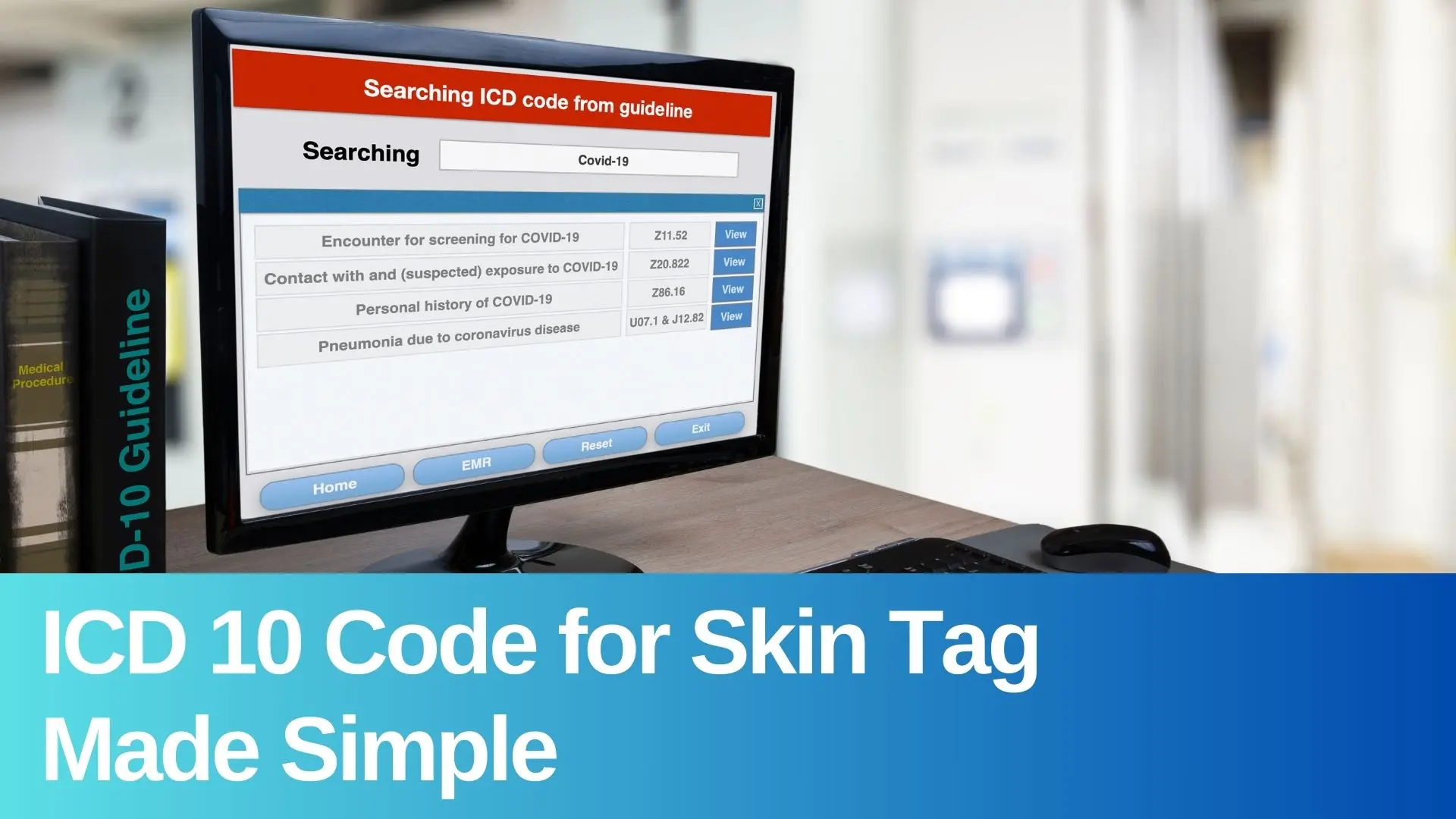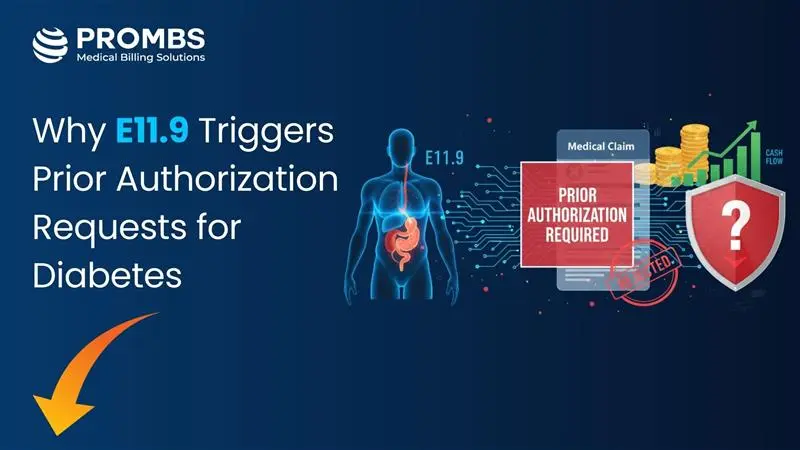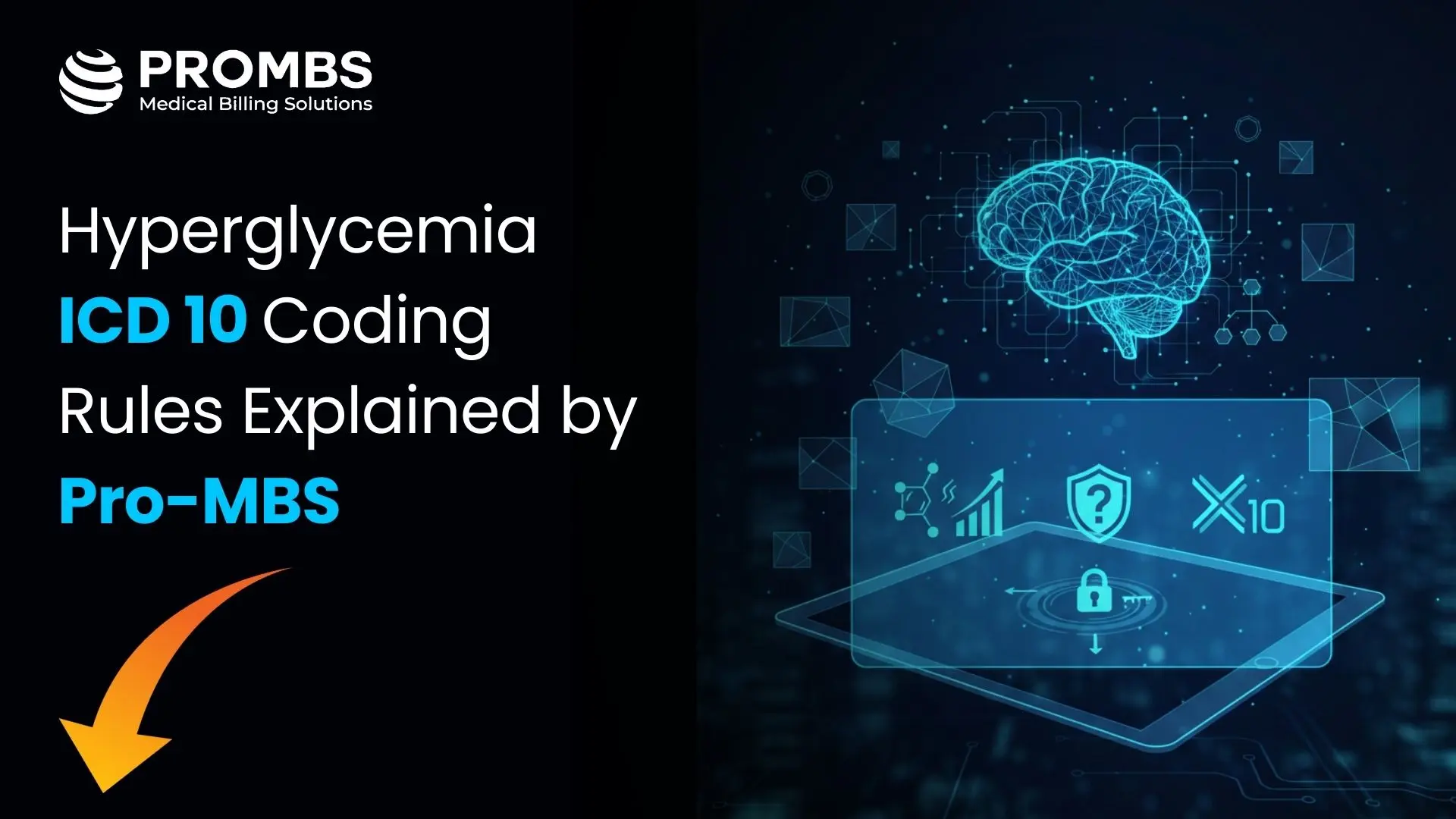What are The Challenges Faced by Medical Billers?
✅ ICD 10 Code for Skin Tag: What You Need to Know
👉 What Are Skin Tags?
👉 What is the Importance of the ICD 10 code for skin tag removal?
👉 Common ICD 10 code for skin tag
👉 What Are the Billable Skin Removal ICD-10 Codes
L91.8 for Other Hypertrophic Disorders of the Skin
D23.9 for Benign Neoplasm of Skin, Unspecified
L98.8 for Other Specified Disorders of the Skin
K64.4 for Residual Hemorrhoidal Skin Tags
What are Non-Billable Skin Tag Removal ICD-10 Codes
L72.3 for Miliaria Rubra
L910.0 for hypertrophic Scar
L72.0 – Epidermal Cyst
Miliaria Rubric L72.3
Removal of Skin Tags & Insurance Coverage
Can I Diagnose ICD 10 for Skin Tag by Myself?
How to ensure the accurate coding of skin tags?
Final Thought
Frequently Asked Questions
The official ICD-10 code for a skin tag is L91.8, which covers “Other hypertrophic disorders of the skin.” Even though skin tags are benign and harmless, doctors use this code to document them properly in medical records.
Great question! Even though skin tags are usually harmless, having an ICD-10 code like L91.8 helps with accurate diagnosis, billing, and insurance documentation. It keeps the medical paperwork neat and organized.
Yes, it can. If a patient has more than one skin tag, the same code is typically used unless there’s another underlying skin condition that needs separate coding.
Yes, skin tags—whether on the neck, armpits or anywhere else—generally fall under the same code. The ICD-10 system focuses more on the condition than the specific location.
You don’t need to memorize it, but your healthcare provider will use the code when submitting insurance claims. It helps the insurer understand what was treated and why.
ICD-10 codes don’t change frequently, but they’re updated occasionally to reflect medical advances or better classification. For now, L91.8 is the go-to code for skin tags.
We apply the L91.8 code with expert precision, ensuring every claim is clean, compliant, and optimized for full reimbursement. Our team goes beyond basic coding—conducting proactive audits, reducing denials, and streamlining the entire billing process. It’s how we help practices elevate accuracy, efficiency, and revenue performance.



